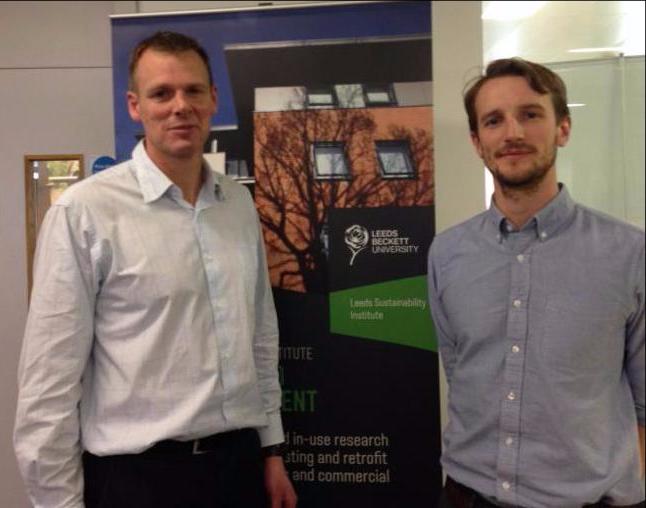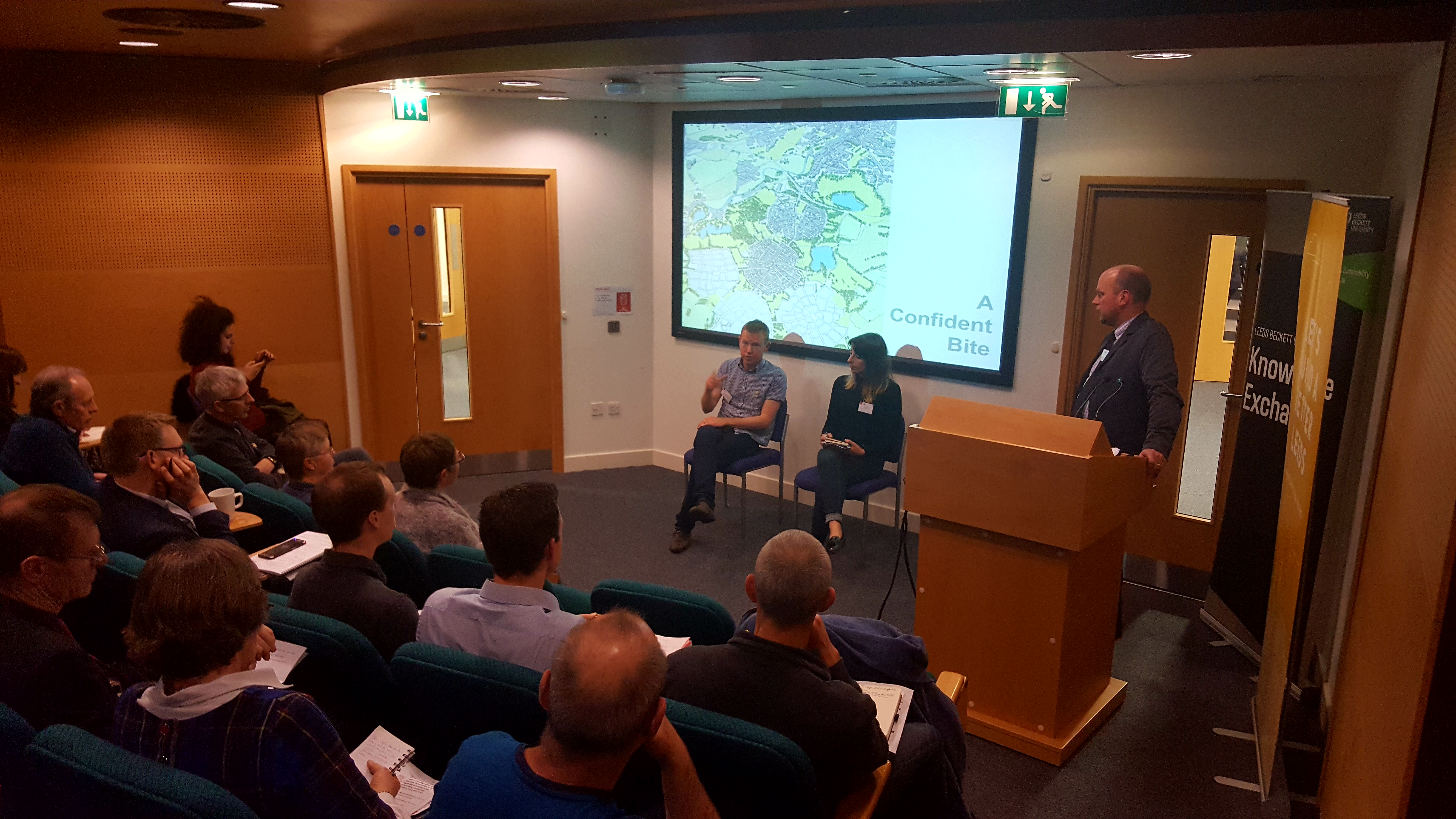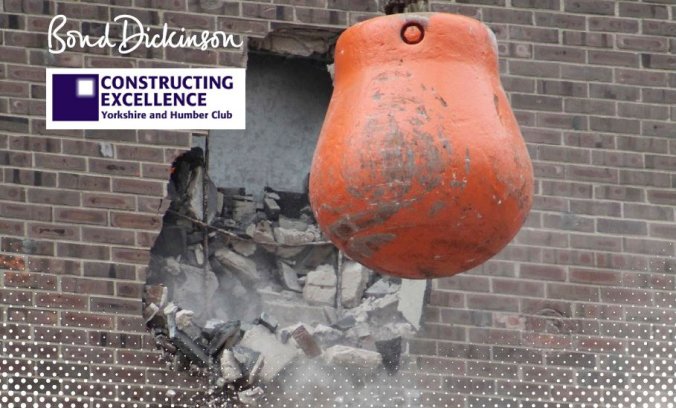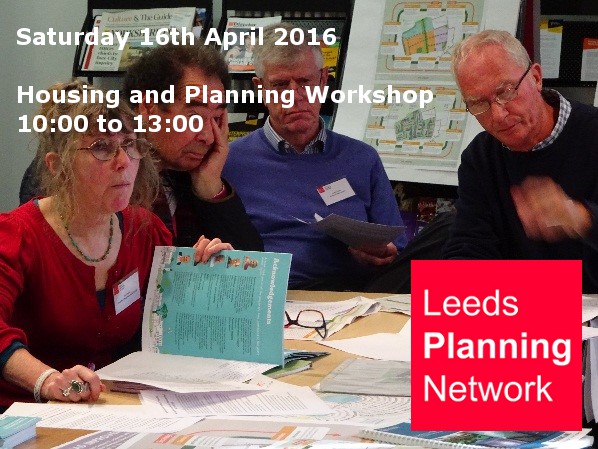Well, what can we say but thank you for an an incredible night!
Last Friday saw the culmination of six months of meticulous planning by the Constructing Excellence Yorkshire and Humber team to bring you this year’s Constructing Excellence Yorkshire and Humber (CEYH) awards 2016 (#ceyh2016) and what an amazing night it was.
Held at the Royal Armouries in Leeds, CEYH welcomed a record attendance of over 460 construction professionals representing the full spectrum of the industry to our spectacular “Swinging from the rooftops” themed awards evening to highlight, reward and promote the very best examples of constructing excellence and achievement the regional built environment have displayed in the last twelve months.

Sponsored by Atlas Cloud and hosted by BBC Look North’s Business Correspondent, Danni Hewson, attendees were treated to a networking drinks reception (sponsored by Interserve), a gourmet three course meal, a fantastic “New York” themed sound and vision AV show and live swing music from our four piece jazz band, “Uptown Swing”. Fifteen different awards were handed out, each representing the core themes of the Constructing Excellence strategy. In addition, attendees were also encouraged to share images from their tables to social media with prizes being awarded for the best “selfie” of the night (something Danni was only too happy to join in with!)
Danni opened proceedings with an industry overview and delivered a positive message on the important of collaboration, building relationships and working together, particularly in the light of “Brexit” and what that might mean for the industry going forward. Other presentations were given by headline sponsor, Atlas Cloud, and Dr Andrew Mooney from inspiring local charity, Yorkshire Kidney Research Fund for whom the evening raised a magnificent £3242.

Interserve secured the biggest prize haul of the night walking away with three awards for Integration and Collaborative Working, Achiever of the Year and the much coveted Project of the Year award for Factory 2050 ARMC at the University of Sheffield. Other winners included East Riding of Yorkshire Council, BAM Morgan Sindall and Ebsford Environmental. The winners now go on to compete at the National Constructing Excellence Awards in London in November this year. The full list of our regional winners & highly commended can be found below.
However the real winner on the evening was the industry itself. The sheer diversity of projects from local regeneration schemes to multi-million facilities demonstrates once again that the Yorkshire and Humber region is at the forefront of pushing boundaries, driving up standards and finding new ways to work innovatively for cross sector benefit. When it comes to construction, the only way is Yorkshire!
So all we have left to do is extend a huge THANK YOU to all our sponsors, supporters, entrants and participants who have once again raised the bar to make this year’s #ceyh2016 the best one yet – we look forward to celebrating with you again in 2017!
If you are interested in being involved in CEYH 2017 (sponsoring, entering or assisting) please contact Liz Schofield on 0113 812 1902 or via email to e.a.schofield@leedsbeckett.ac.uk. We look forward to hearing from you!
2016 WINNERS AND HIGHLY COMMENDED

Achiever of the Year (Sponsored by Lovell)
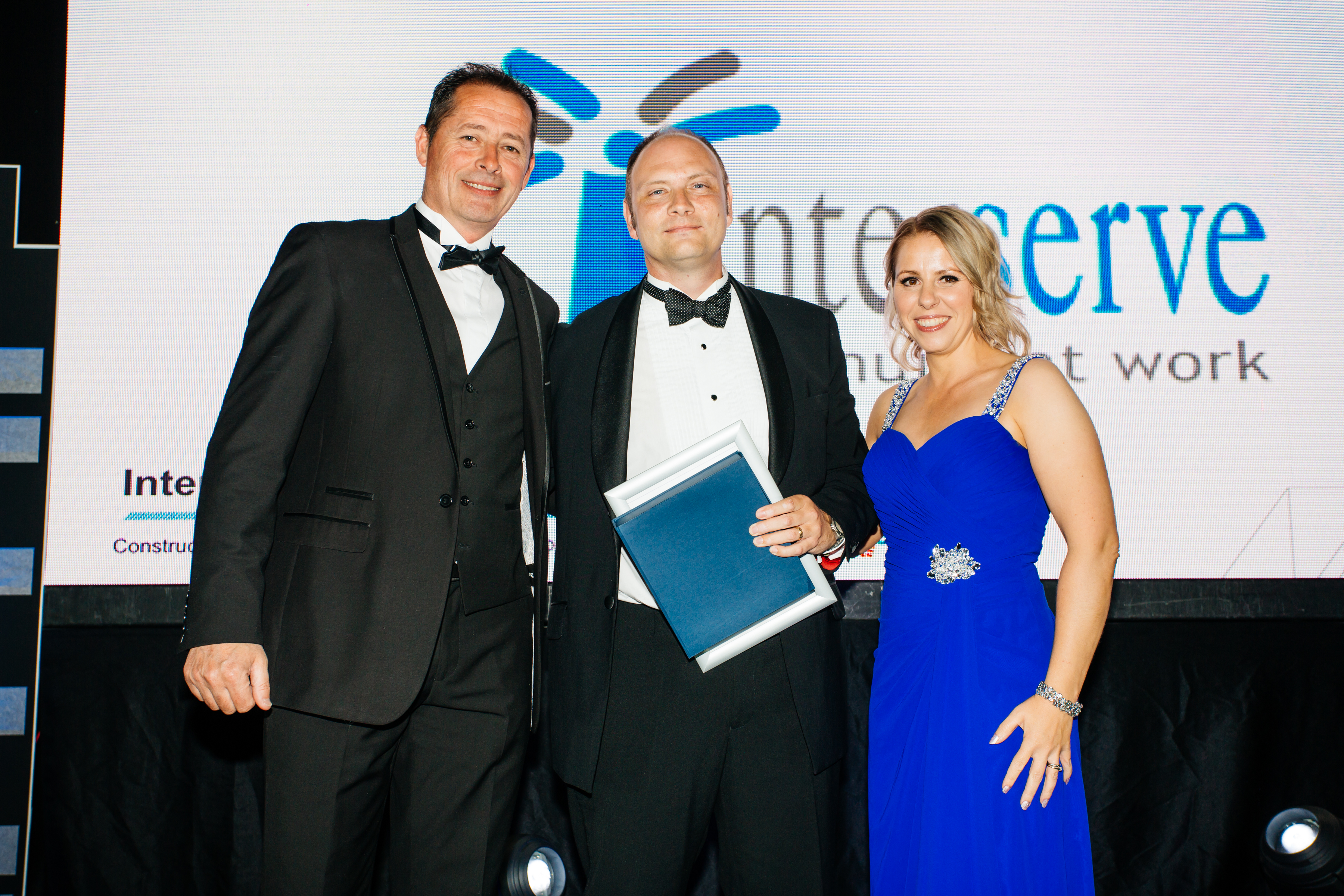
Winner, John Gittins, Interserve
Highly Commended: Katherine Speyer, Balfour Beatty and Sam Mooney, Keepmoat

BIM Project of the Year (Sponsored by Trimble Tekla)

Winner: East Riding Leisure Bridlington, submitted by East Riding of Yorkshire Council
Highly Commended: A160 Port of Immingham Improvement Scheme, submitted by Costain

Client of the Year (Sponsored by Addleshaw Goddard)
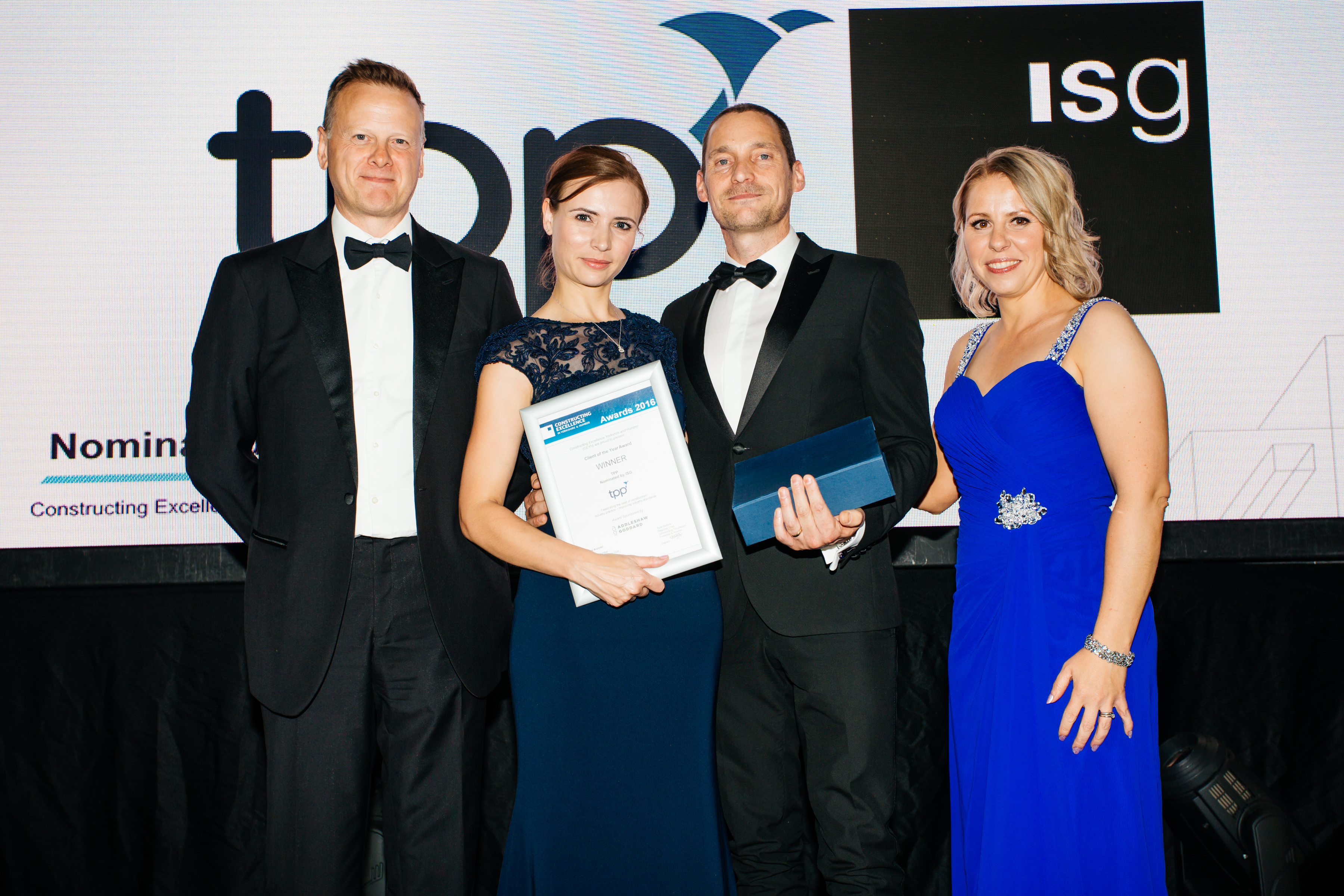
Winner: TPP, Nominated by ISG
Winner: Doncaster Borough Council, Nominated by Willmott Dixon Construction

Health and Safety (sponsored by Turner & Townsend)
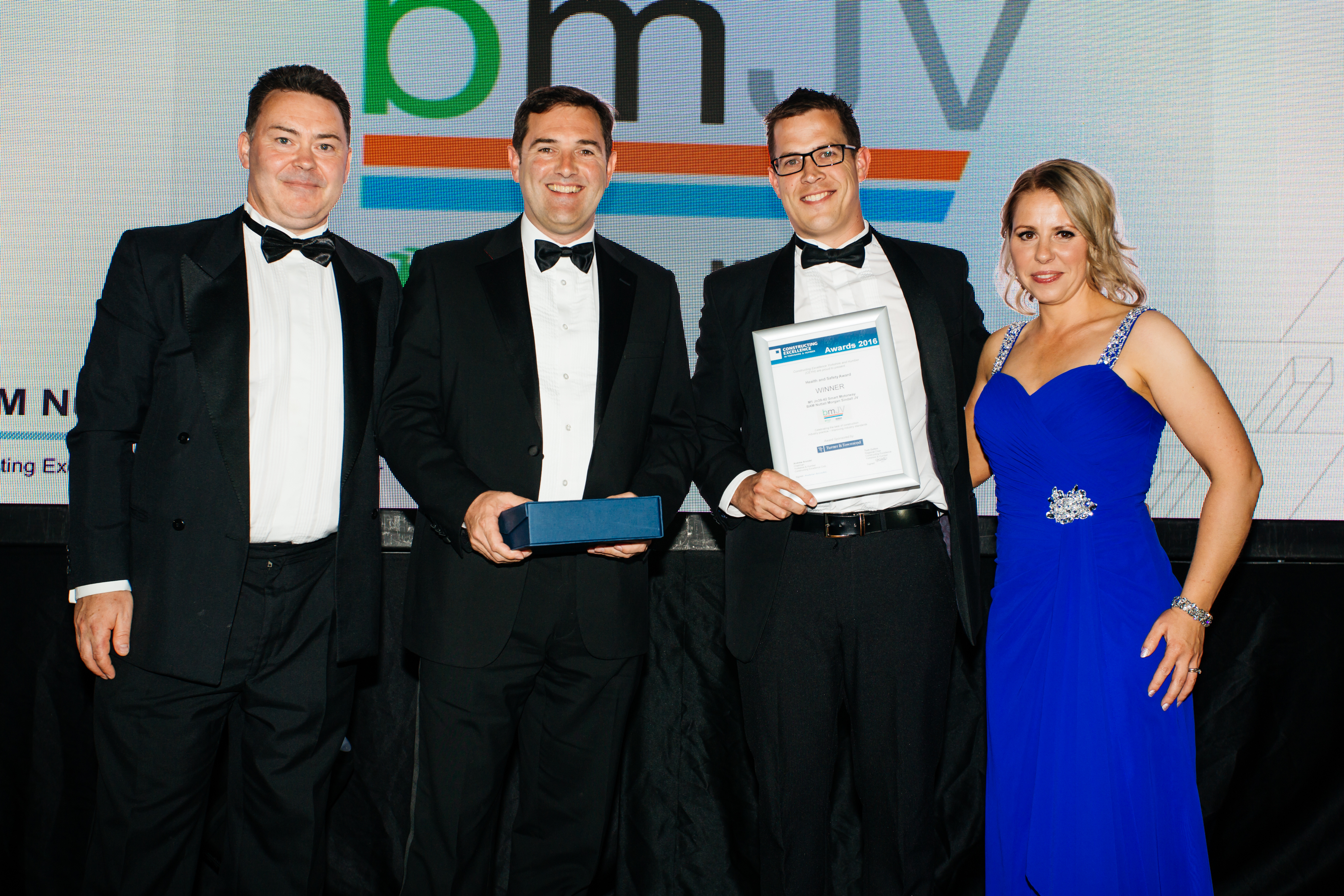
Winner: bmJV M1 Jn 39-42 Smart Motorway, submitted by BAM Nuttall Morgan Sindall Joint Venture
Highly Commended: Factory 2050, submitted by Interserve Construction Limited

Heritage (Sponsored by Leeds Sustainability Institute)
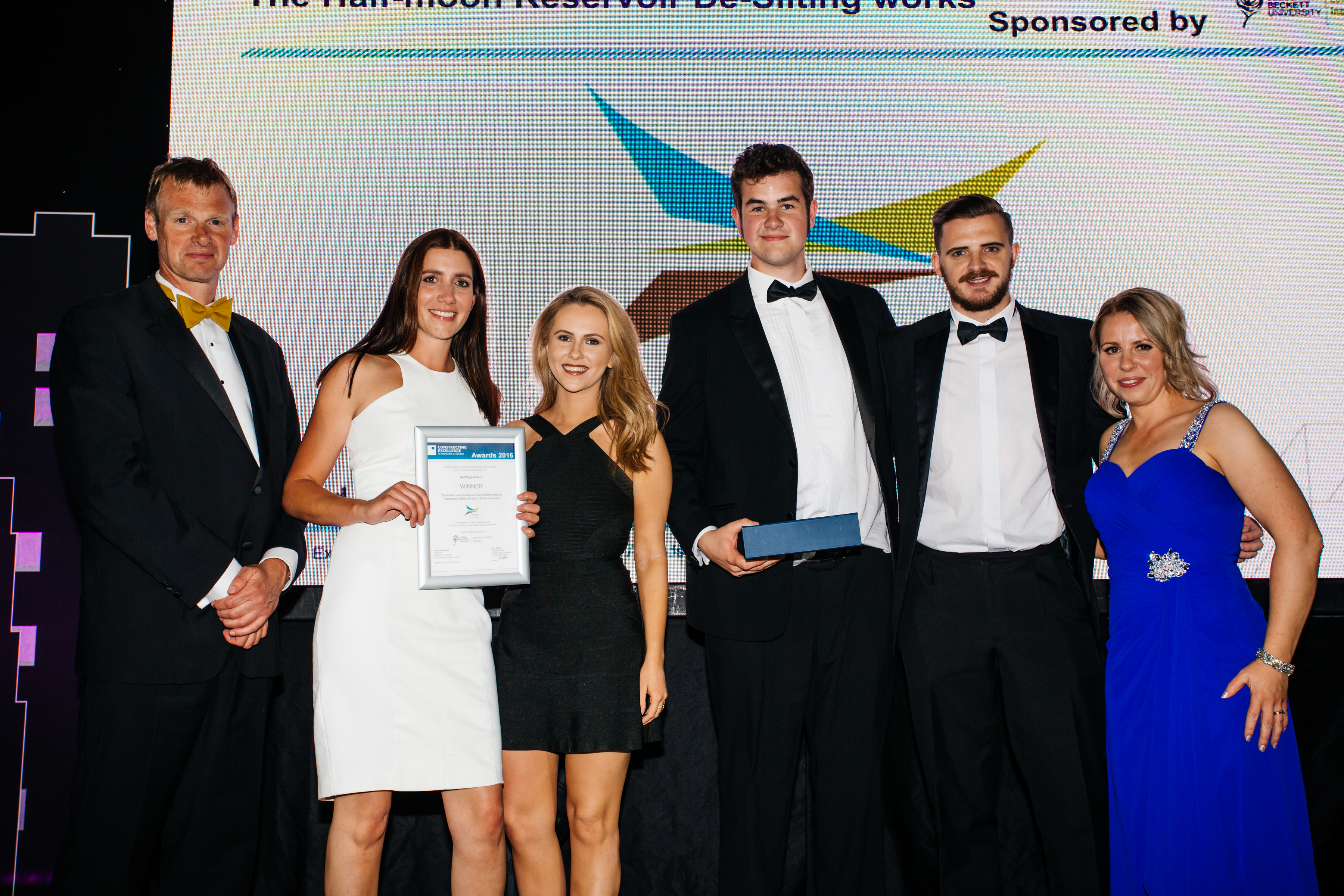
Winner: The Half-moon Reservoir De-Silting works, submitted by Ebsford Environmental Ltd
Highly Commended: Oakwood Clock Restoration project, submitted by OTRA (Oakwood Trader’s Residents Association)

Innovation (Sponsored by Bay Construct)
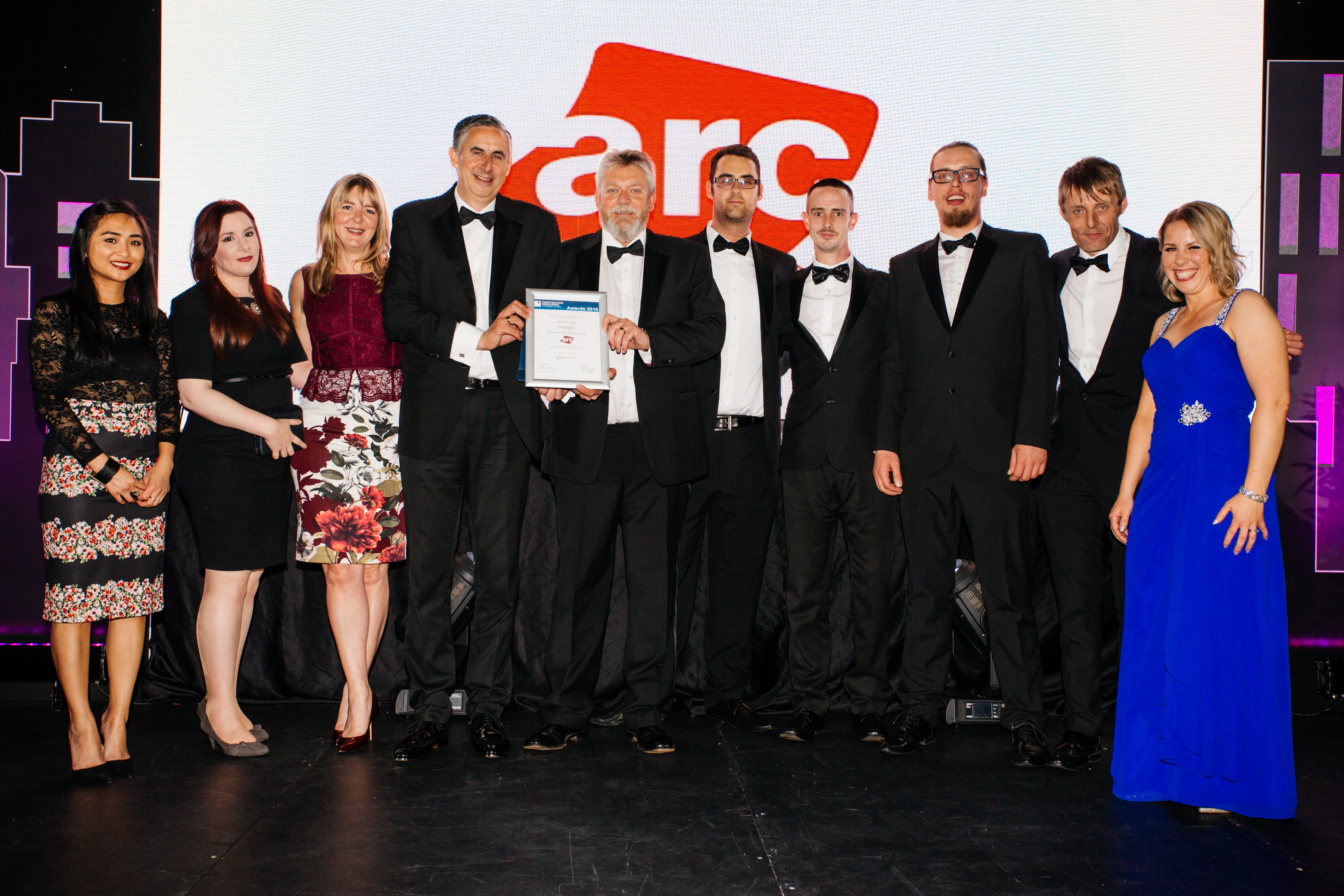
Winner: ARC T-Barrier, submitted by Arc Building Solutions
Highly Commended: Vickers Oils, Leeds, submitted by WSP | Parsons Brinckerhoff

Integration and Collaborative Working (Sponsored by Faithful+Gould)

Winner: Huddersfield Royal Infirmary, submitted by Interserve Construction
Highly Commended: The rebuilding of the Airedale International Air Conditioning factory, submitted by BAM Construction

Leadership and People Development (Sponsored by Kier Group)

Winner: Costain – M1 Smart Motorway J28-31
Highly Commended: bmJV (BAM Morgan Sindall Joint Venture)

This year we will be awarding two Project of the Year accolades. Both categories are sponsored by Gosschalks Solicitors.
Project of the Year – Infrastructure
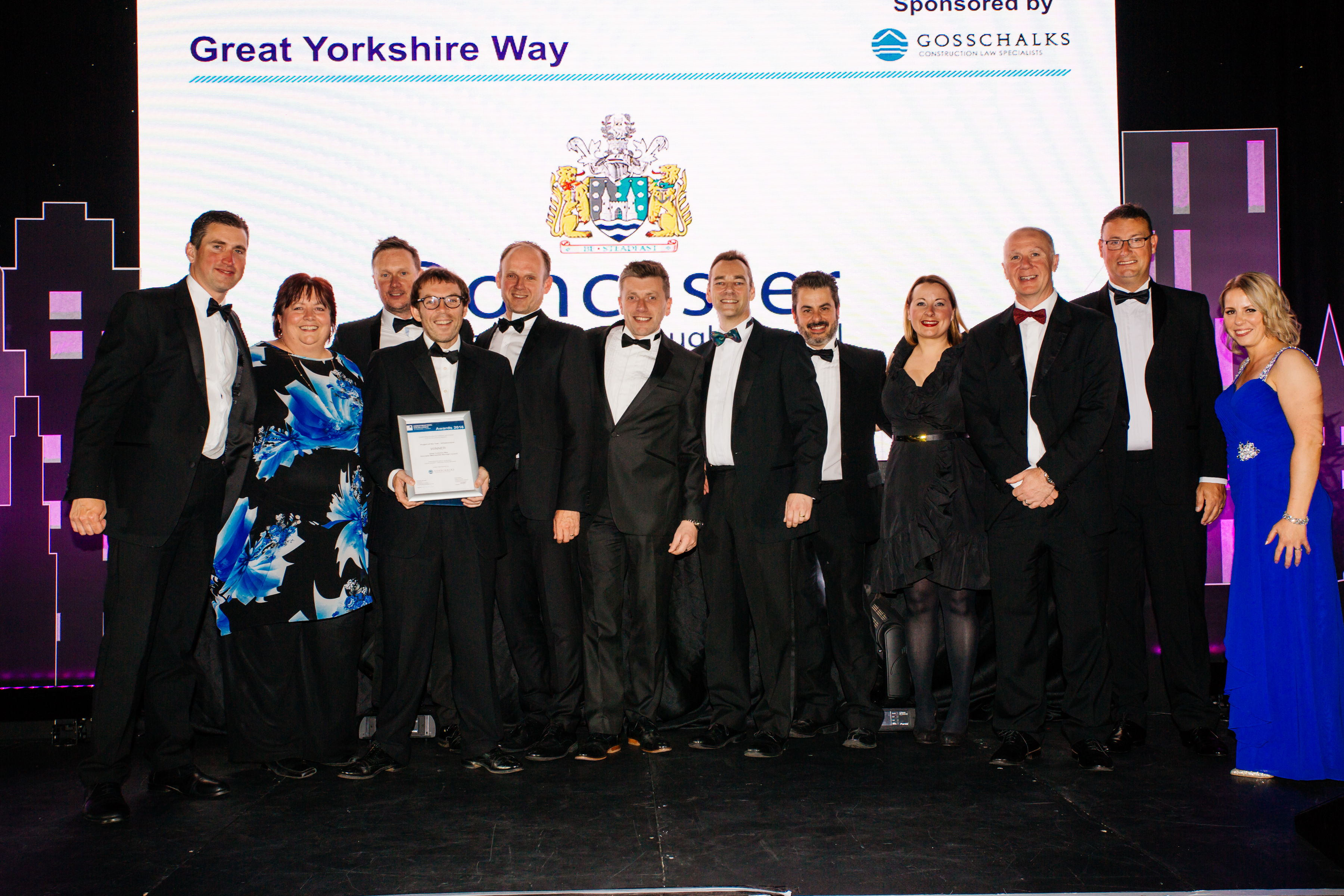
Winner: Great Yorkshire Way, submitted by Doncaster Metropolitan Borough Council
Highly Commended: Beverley Integrated Transport Plan, submitted by Balfour Beatty
Project of the Year – Building
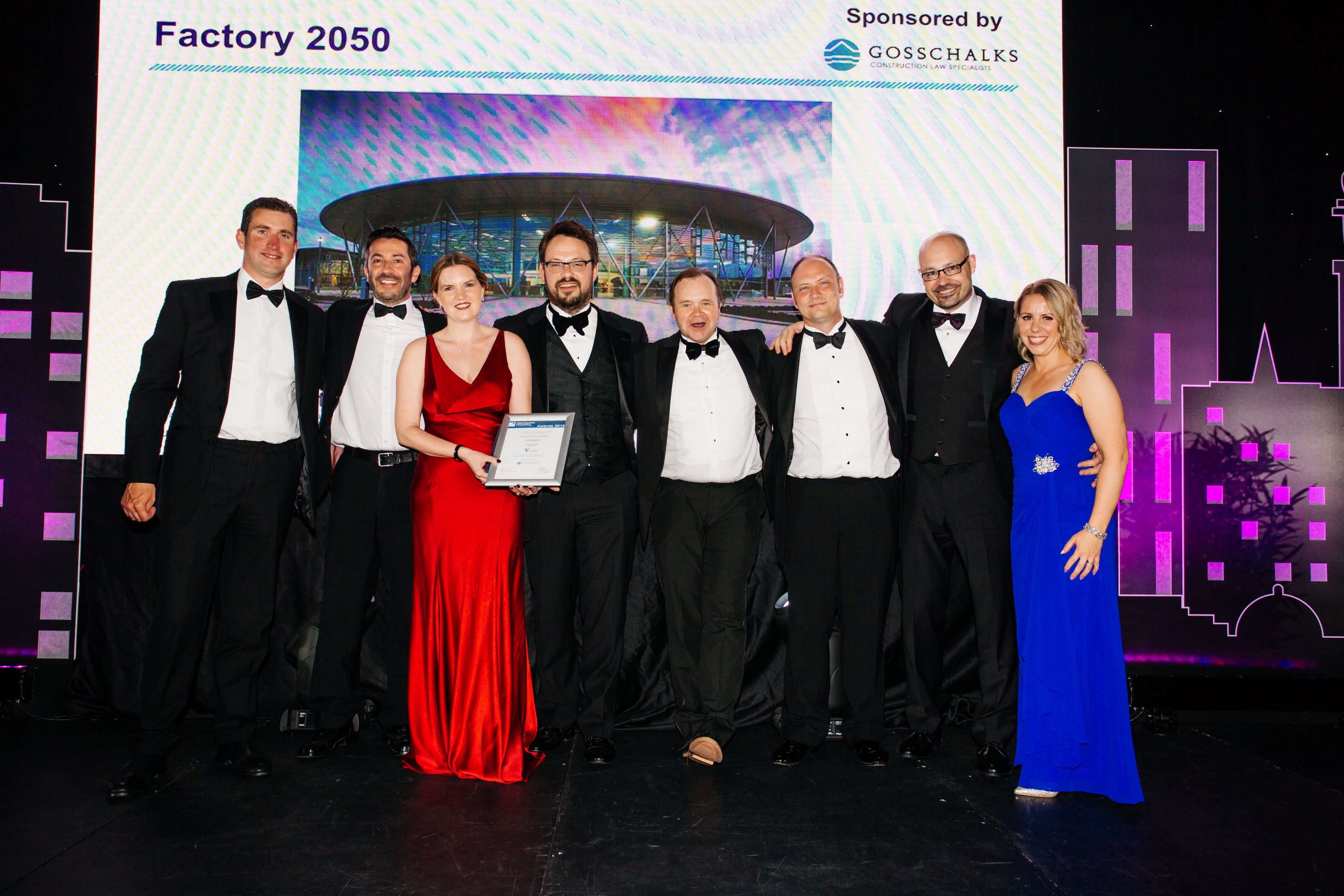
Winner:Factory 2050, submitted by Interserve Construction Limited
Highly Commended: Leeds Station Southern Entrance (LSSE), submitted by Mott MacDonald Ltd

Sustainability (Sponsored by Costain)

Winner: Lovell Partnerships (organisational entry)
Highly Commended: A1 Leeming to Barton Improvement, submitted by Carillion Morgan Sindall JV

SME of the Year (Sponsored by YORhub)

Winner: CGL (Card Geotechnics Limited) – Harrogate Office (organisational entry)
Highly Commended: McLeod + Aitken (organisational entry
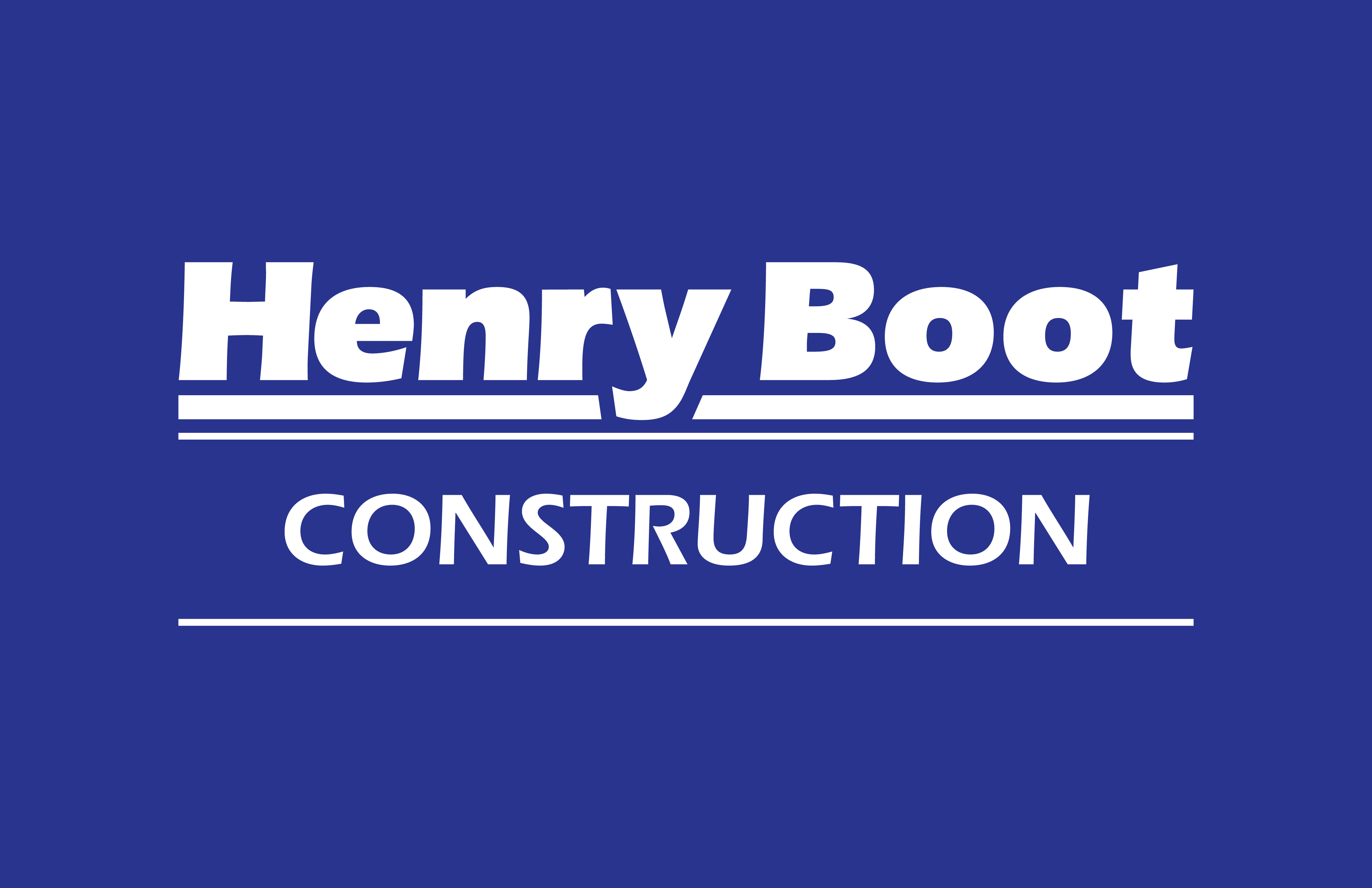
Value (Sponsored by Henry Boot Construction)

Winner: National Major Projects Framework West Yorkshire Smart Motorways Team, submitted by Bam Morgan Sindall
Highly Commended: Dean Clough A & B Mills, Halifax submitted by WGL Stoneclean Ltd

Young Achiever of the Year (sponsored by A1L2B – a carillion morgan sindall joint venture)
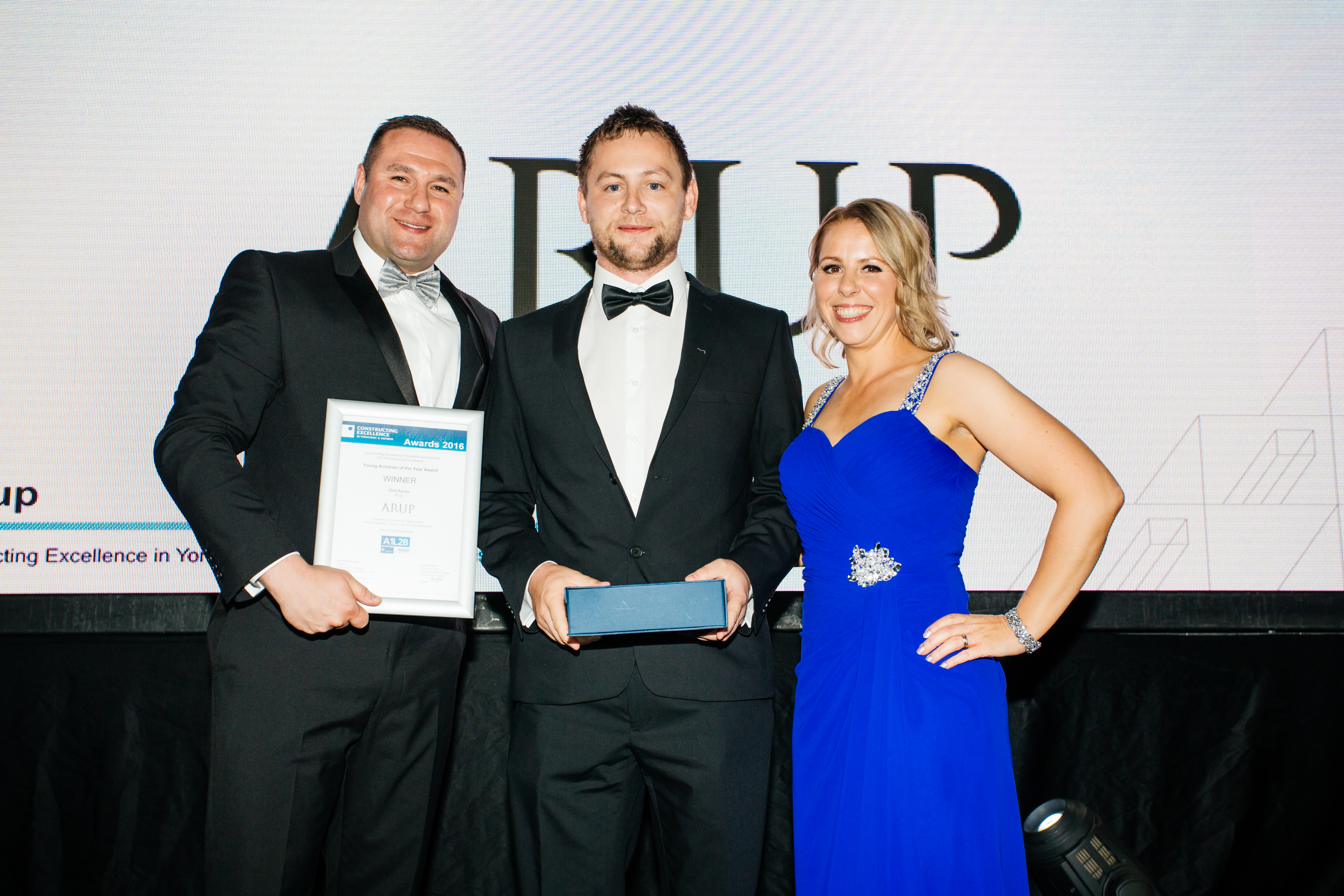
Winner: Ged Ayres, Arup
Highly Commended: Luke Groom, Carillion

Best of the Best (sponsored by Yorkshire and Humber Constructing Excellence Club)
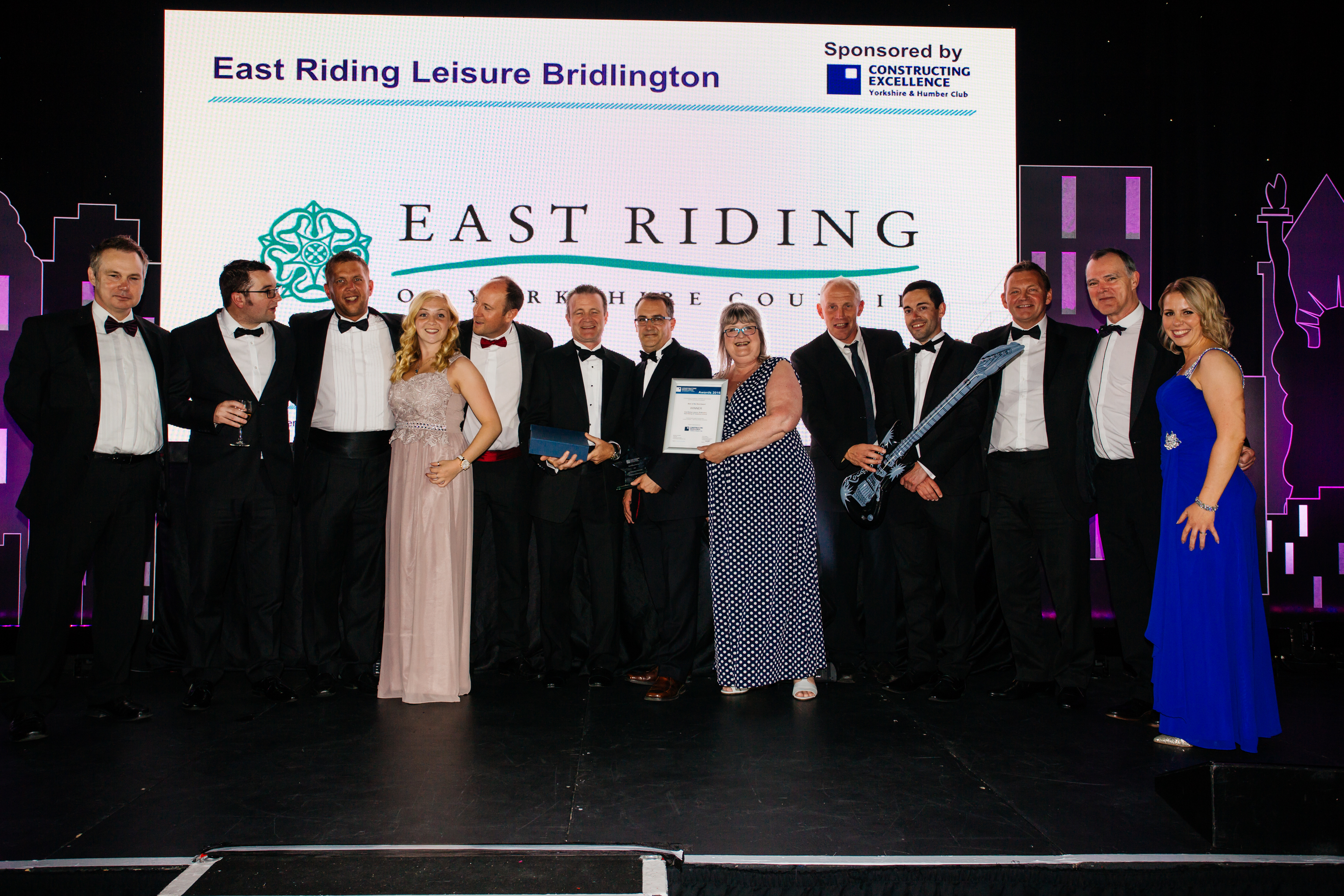
“SELFIE” of the night




 Join us at our breakfast event on 25th January 2017
Join us at our breakfast event on 25th January 2017